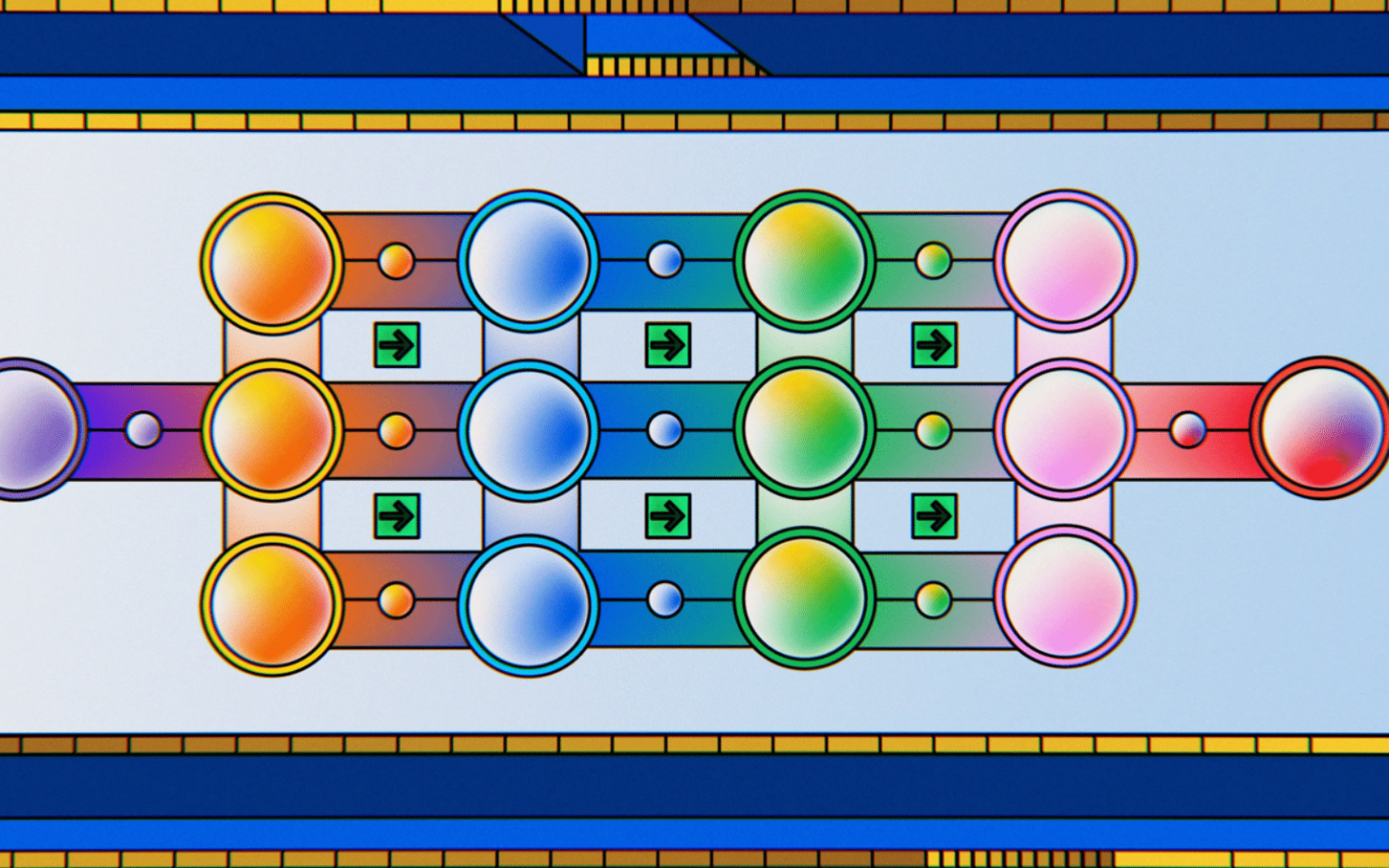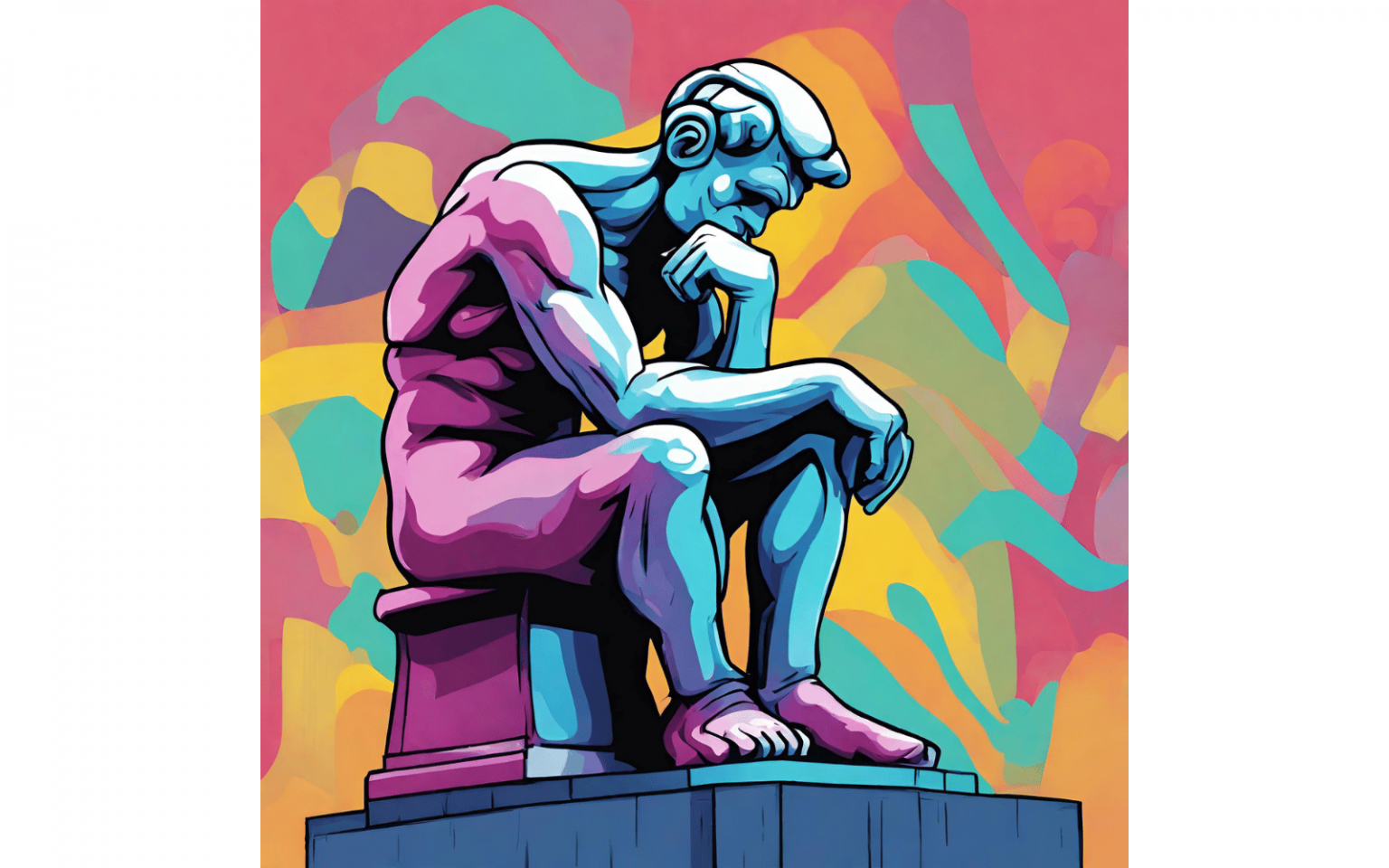Every day and night, hundreds of thousands of intense, brief flashes of radiation suddenly flicker on and then off all across the sky. These “fast radio bursts” are invisible to the naked eye, but to a radio telescope many almost outshine everything else in the sky for a few thousandths of a second. Since the first such burst was spotted in 2006, we have found that nearly all of them come from distant galaxies. Most bursts pass unnoticed, occurring outside the field of view of radio telescopes, and never occur again. In new research published in Science, we have found the most distant fast…
Author: The Conversation
The simulated universe theory implies that our universe, with all its galaxies, planets and life forms, is a meticulously programmed computer simulation. In this scenario, the physical laws governing our reality are simply algorithms. The experiences we have are generated by the computational processes of an immensely advanced system. While inherently speculative, the simulated universe theory has gained attention from scientists and philosophers due to its intriguing implications. The idea has made its mark in popular culture, across movies, TV shows and books – including the 1999 film The Matrix. The earliest records of the concept that reality is an illusion…
In June, an IBM computing executive claimed quantum computers were entering the “utility” phase, in which high-tech experimental devices become useful. In September, Australia’s Chief Scientist Cathy Foley went so far as to declare “the dawn of the quantum era”. This week, Australian physicist Michelle Simmons won the nation’s top science award for her work on developing silicon-based quantum computers. Obviously, quantum computers are having a moment. But – to step back a little – what exactly are they? What is a quantum computer? One way to think about computers is in terms of the kinds of numbers they work with. The digital computers we…
Viewed from the Voyager 1 space probe as it passed beyond the edge of the solar system, Earth and Venus might not look too different – same diameter, similar mass and distance from the Sun. But from a human perspective, Venus is a hostile spot. Its much denser atmosphere enables a greenhouse effect on steroids, with surface temperatures approaching 500°C. While the timeline that brought Venus’ climate to where it is today is still being researched, the critical difference between the two planetary systems is the ocean. Venus possibly never had one, but oceans on Earth have shielded us from the…
In 1950, British computer scientist Alan Turing proposed an experimental method for answering the question: can machines think? He suggested if a human couldn’t tell whether they were speaking to an artificially intelligent (AI) machine or another human after five minutes of questioning, this would demonstrate AI has human-like intelligence. Although AI systems remained far from passing Turing’s test during his lifetime, he speculated that “[…] in about fifty years’ time it will be possible to programme computers […] to make them play the imitation game so well that an average interrogator will not have more than 70% chance of…
On September 24 this year, a Nasa capsule parachuted down to Earth carrying a precious cache of material grabbed from an asteroid. The space agency has now revealed images and a preliminary analysis of the space rocks it found after lifting the lid off that capsule. The mission to the asteroid was called Osiris-Rex, and in 2020, it collected a sample of material from the asteroid Bennu. Afterwards, it travelled back to Earth and released the capsule containing the rocks into our atmosphere three weeks ago. The fine black dust and small coal-like rocks shimmering in the capsule are beautiful –…
NASA’s OSIRIS-REx spacecraft flew by Earth on Sept. 24, 2023, dropping off its sample of dust and pebbles gathered from the surface of near-Earth asteroid Bennu. Analysis of this sample will help scientists understand how the solar system formed and from what sorts of materials. Scientists will begin their analysis in the same facility that analyzed rocks and dust from the Apollo lunar landings. As an astronomer studying how planets form around distant stars, I felt excited watching the broadcast of that Bennu sample descending to the Utah desert – and a little envious. Those of us who study distant young solar systems can’t send robotic spacecraft…
Cars with internet-connected features are fast becoming all-seeing data-harvesting machines – a so-called “privacy nightmare on wheels”, according to US-based research conducted by the Mozilla Foundation. The researchers looked at the privacy terms of 25 car brands, which were found to collect a range of customer data, from facial expressions, to sexual activity, to when, where and how people drive. They also found terms that allowed this information to be passed on to third parties. Cars were “the official worst category of products for privacy” they had ever reviewed, they concluded. Australia’s privacy laws aren’t up to the task of protecting the vast amount…
When I was a child in the 1970s, seeing a satellite pass overhead in the night sky was a rare event. Now it is commonplace: sit outside for a few minutes after dark, and you can’t miss them. Thousands of satellites have been launched into Earth orbit over the past decade or so, with tens of thousands more planned in coming years. Many of these will be in “mega-constellations” such as Starlink, which aim to cover the entire globe. These bright, shiny satellites are putting at risk our connection to the cosmos, which has been important to humans for countless millennia and…
Information is a valuable commodity. And thanks to technology, there are millions of terabytes of it online. Artificial intelligence (AI) tools such as ChatGPT are now managing this information on our behalf – collating it, summarising it, and presenting it back to us. But this “outsourcing” of information management to AI – convenient as it is – comes with consequences. It can influence not only what we think, but potentially also how we think. What happens in a world where AI algorithms decide what information is perpetuated, and what is left by the wayside? The rise of personalised AI Generative AI tools are built on models…










